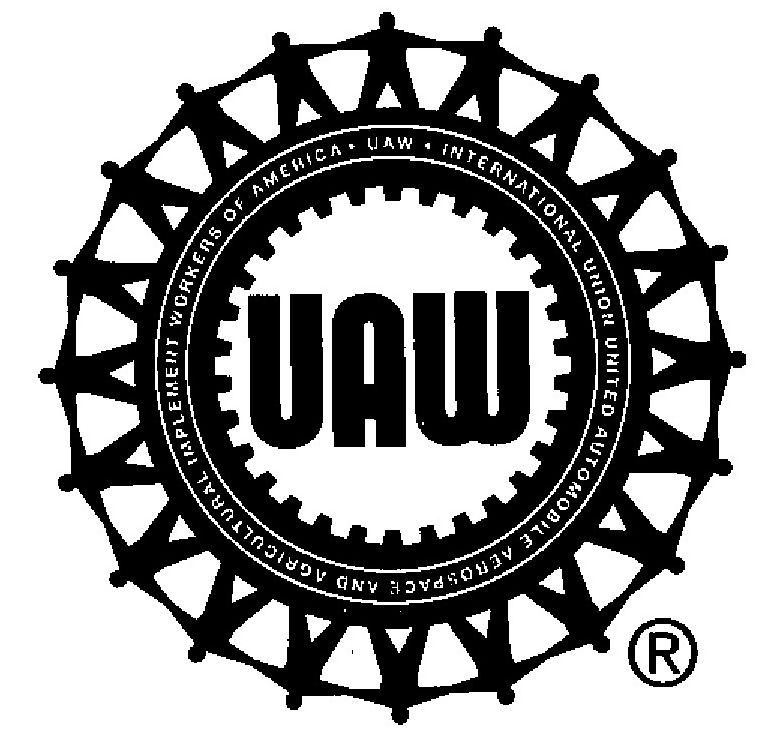Though the United Auto Workers and the Detroit automakers have kept a tight lid on their negotiations toward a new master contract to replace the contract that expires on September 14th, the outlines of the probable agreement are emerging.
Automakers desperately want a “VEBA,” a voluntary employee benefit association to take over retiree health care benefits. Under the VEBA plan, the union would set up a trust which would be funded by one-time payments from each of the automakers. That trust would be administered by the UAW and would be responsible for providing the health care benefits to retired auto workers. Automakers current liabilities for retiree health care coverage exceed $100 million and it’s expected that their total contribution to set up a VEBA would be in the neighborhood of $65 billion to $80 billion. (That number is lower than the total liabilities, because the liabilities are payable over time.) But, at the moment, it appears that the union and the companies are dickering over the price, not the concept.
The UAW, however, is gunning for job security, albeit in a different way than it has in the past. This time, it is seeking promises from the autoworkers union that production will be retained in the United States, rather than moved overseas. Both GM and Ford have explicitly threatened to move production out of the U.S. if their labor costs here are not substantially reduced. UAW President Ron Gettlefinger said recently that so-called “B” cars, i.e., the Chevy Aveo and similarly sized models, were all being imported into the United States. He then said then the UAW doesn’t want to see production of “C” models, which are cars the size of the Chevy Cobalt, leaving the country.
Recent UAW negotiations offer some insight into the respective positions of the union and the car companies, and probably indicate the general structure of the ultimate contract with the automakers. Though nothing on the size of the VEBA proposal from Detroit, the UAW did accept a VEBA deal in negotiations with Goodyear, last year. Earlier this year, Delphi and the UAW struck a deal under which Delphi, in exchange for being able to close specified plants, promised to keep others open during the duration of the five year contract. Delphi was formerly part of the Delco unit of GM and GM undoubtedly had an interest in the UAW negotiations: Delphi is GM’s largest parts supplier and a union strike would have closed down production at GM.
The UAW also wants the carmakers to “encourage” their suppliers to remain neutral about efforts to organize the suppliers’ employees. That may not be a make or break issue in the negotiations, but it’s critically important to each side in the long term. The UAW is hemorrhaging membership. As the autoworkers have cut employment through early retirements and employee buy-outs, the union membership has dropped. To get any new members at all, the union has been forced to accept allowing “temporary” employees at the automakers. These are workers who are paid less and have no guarantee of employment under the union contract, and no right to benefits if laid off. They also don’t get much from the union, which doesn’t help the union when it tries to organize workers in non-union plants.
Carmakers, however, are far better off having non-union suppliers. A strike at a single supplier can shut down an auto manufacturer’s entire production. Unionizing suppliers gives the union an enhanced level of control over the automakers. The ultimate agreement is likely to include provisions that allow the UAW leadership to claim success on this point, without really committing the carmakers to pushing suppliers to do anything. Current UAW members, the ones who will be voting on ratification of the contract, really don’t care about efforts to expand the union’s membership. That’s a job security concern for the union leaders. The members are far more interested in their own job security.
Will the new contract ultimately be enough to save the union and the Detroit automakers?
Union leaders have already publicly stated that preserving retiree health care benefits and preserving the jobs of current workers are their top priorities. That’s a strong hint that the union will agree to the VEBA proposal and sell it to its members as a way of making retiree health benefits secure by insulating them from the risk of financial collapse of an automaker. Shifting retiree health care costs to a VEBA could knock $1500 of the labor costs of each vehicle produced by GM, Ford, and Chrysler. In turn, that makes it more feasible for the companies to retain production in the United States.
By itself, though, a VEBA isn’t going to cut the Detroit carmaker’s costs to the level of its foreign nameplate competition. It only gets halfway there. It is estimated that the costs of production within the United States of foreign nameplate manufacturers are currently $3000 per vehicle lower than those of the Detroit three. Some of that is beyond the ability of the union to influence: for example, Toyota’s Tundra plant is very new with the latest technology for efficient production designed in at construction.
GM’s truck plants are all much older, and much less efficient. A lot also depends on what the automakers do with the money they save under the new contract. Presently, the cost disadvantage has often forced automakers to use less expensive components than do foreign manufacturers, resulting in cars which have less luxurious appointments.
In the last analysis, the Detroit automakers need to achieve volume increases in sales to really make money. If they don’t invest some of the money they save under the new contract in improving their products, their sales are going to continue to decline. If that happens, the new contract will at best postpone the end, but it won’t alter the outcome.

